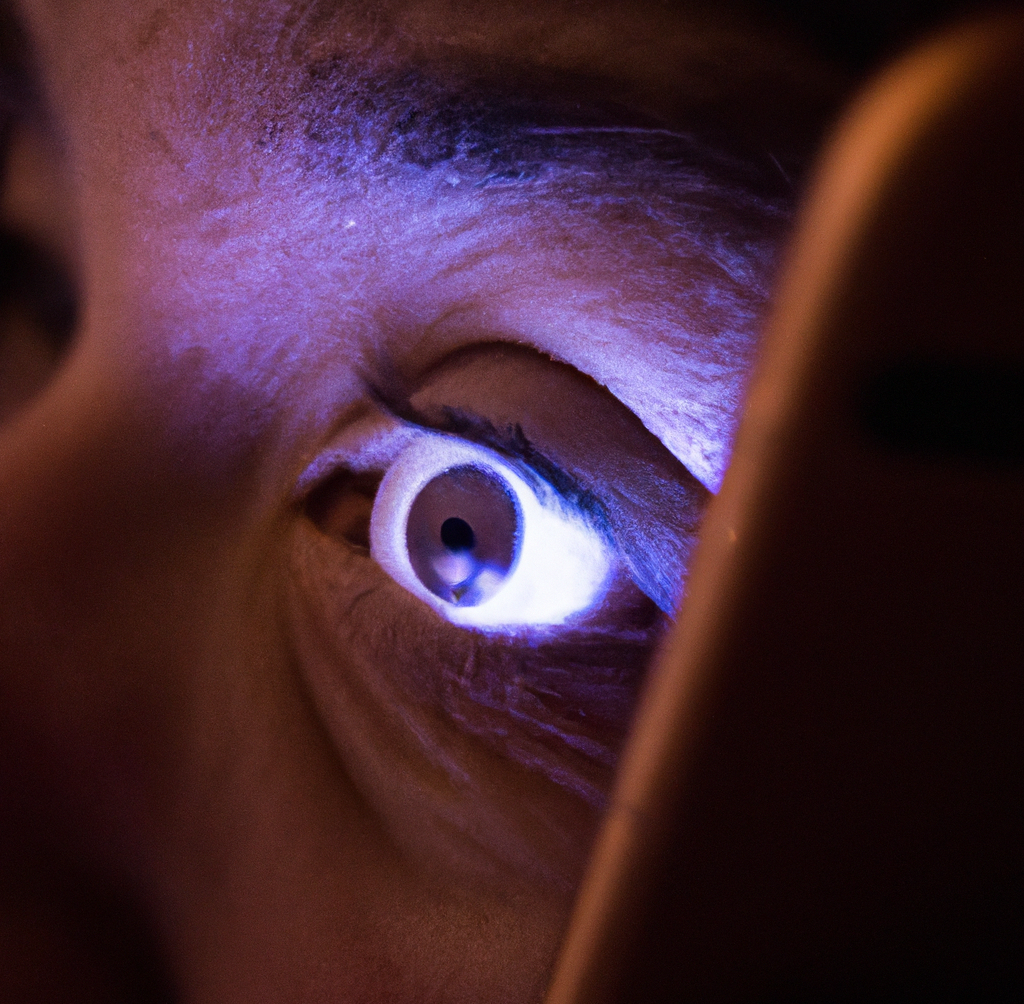Pupillometry Brilliance: Why Quantitative Measures Outshine Penlight Examinations
Pursuing precision in diagnostics is a relentless journey in the dynamic and ever-evolving field of neurology. Recent technological strides have paved the way for a transformative shift in how clinicians conduct assessments. The transition from the trusty penlight to the cutting-edge realm of quantitative pupillometry marks a significant leap forward, offering clinicians a tool that simplifies assessments and delivers objective, precise, and versatile measurements—a true game-changer in neurological examinations.
The Quantum Leap from Penlights to Quantitative Pupillometry
The penlight has been the neurologist’s go-to instrument for pupil assessments for generations. However, its limitations have become increasingly apparent, particularly in delivering objective and quantifiable data. Enter quantitative pupillometry—a revolutionary technology that not only supersedes the penlight but raises the bar for accuracy and efficiency in neurological assessments.
Objective Measurements for Unparalleled Precision
The most significant advantage of quantitative pupillometry is its ability to provide objective and quantifiable data. Unlike the subjective interpretations associated with penlight examinations, pupillometers offer precise pupil size and reactivity measurements. This objectivity minimizes the risk of human error and allows for more reliable assessments, especially in cases where subtle changes may hold significant diagnostic implications.
The Rise of Quantitative Pupillometry as a Neurological Vital
In the fast-paced world of neurology, where every second counts, quantitative pupillometry is emerging as a vital neurological function. Beyond being a reliable indicator of brain function, pupillometry serves as an early warning system for various neurological conditions, including traumatic brain injuries, strokes, and neurodegenerative disorders. Real-time, quantitative data empowers clinicians to make more informed decisions about patient care and treatment strategies.
The Accessibility Revolution
Advanced medical technology is no longer confined to specialized facilities. The accessibility of quantitative pupillometers has grown significantly, breaking down barriers and making this technology available to clinicians in various clinical settings. Portable, user-friendly devices have ushered in an era where clinicians can carry this essential tool wherever they go, facilitating timely and accurate assessments without requiring extensive resources or dedicated personnel.
The Quick and Efficient Multifunctional Swiss Army Knife
Quantitative pupillometry is not just a replacement for the penlight but a multifunctional Swiss Army knife for clinicians. Its ability to provide rapid assessments and immediate results and track changes over time makes it invaluable in emergencies, outpatient clinics, and routine examinations. From diagnosing neurological disorders to monitoring treatment responses, pupillometry offers a versatile solution aligned with the demands of modern medical practice.
Make it a standard in your practice.
In the transition from penlights to quantitative pupillometry, clinicians have gained a powerful ally that enhances the precision, objectivity, and accessibility of neurological assessments. This shift underscores a commitment to embracing technological advancements and reflects a dedication to providing patients with the highest standard of care. As the adoption of quantitative pupillometry continues to rise, it is evident that this technology has earned its place as an indispensable neurological vital, revolutionizing how clinicians approach patient evaluations and contributing to improved outcomes across the spectrum of neurological care. The future of neurological assessments is here, and the precision of quantitative pupillometry illuminates it.







Leave A Comment